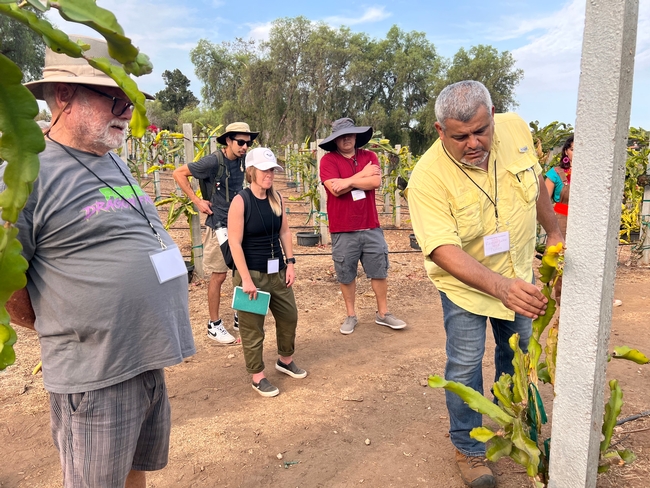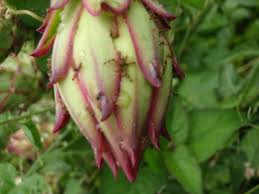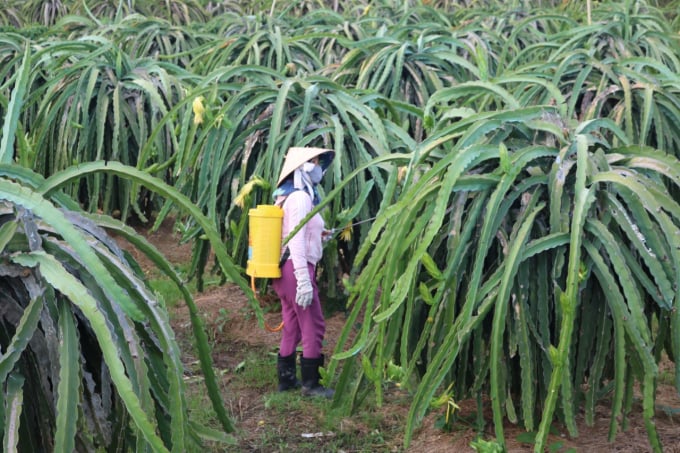The initial step in the intricate process of microbial pest control within dragon fruit cultivation would be to identify pest pressure menacing the vibrant crops. This crucial process lays the foundation for a targeted and effective approach, ensuring that the chosen microbial allies are tailored to address the particular adversaries threatening the dragon fruit orchards.
Table of Contents
Identify Pest Pressure in Dragon Fruit Cultivation

Diverse Pests in Dragon Fruit
1. Caterpillars: Silent Invaders
Caterpillars, with their voracious appetites, pose a significant threat to the tender leaves and fruits of dragon fruit plants. Their insidious feeding habits can result in substantial damage, making them a primary focus in the identification process.
2. Beetles: Stealthy Culprits
Certain beetle species are stealthy intruders capable of wreaking havoc in dragon fruit orchards. Their gnawing activities not only jeopardise the aesthetic appeal of the fruit but also compromise the overall health of the plant.
3. Aphids: Tiny but Destructive
Aphids, though small in size, wield significant destructive potential. These tiny insects feed on the sap of dragon fruit plants, compromising their vitality and acting as vectors for various plant diseases.
4. Thrips: Silent Menace
Thrips, often overlooked due to their diminutive size, are nonetheless a silent menace. Their feeding habits result in distorted and discoloured fruits, impacting the marketability and economic viability of dragon fruit cultivation.
5. Spider Mites: Web-Weaving Adversaries
Spider mites, known for their web-weaving tendencies, can inflict damage by sucking the sap from dragon fruit plants. Left unaddressed, their presence may lead to diminished plant vigour and reduced fruit quality.
Why does identification matter?

The significance of identifying specific pests lies in the nuanced response it allows in selecting the most suitable microbial allies for pest control. Specific microbial pathogens can take advantage of the unique vulnerabilities that each pest has. For instance:
Bacillus thuringiensis (Bt) for Caterpillar Control
Given the prevalence of caterpillar threats, the selection of Bacillus thuringiensis becomes instrumental. This bacterium produces cry proteins lethal to the digestive systems of caterpillars, providing a targeted and effective solution.
Beauveria bassiana for Beetle Intervention
The entomopathogenic fungus Beauveria bassiana successfully combats beetles and their stealthy intrusion. This fungal ally infiltrates the beetle pests, disrupting their life cycles and curbing their population.
Aphid Management with Aphidius colemani
In the case of aphids, the introduction of natural predators like Aphidius colemani, a parasitic wasp, can be a strategic move. These wasps lay their eggs within aphids, controlling their population and preventing widespread infestations.
Predatory Mites Tackling Thrips
To combat thrips, predatory mites such as Neoseiulus cucumeris can be enlisted. These beneficial mites feed on thrips, keeping their populations in check and contributing to the overall health of the dragon fruit orchard.

The Integrated Approach: A Symphony of Solutions
The identification of pest threats and the subsequent selection of appropriate microbial pathogens exemplify an integrated and sustainable approach to pest control in dragon fruit cultivation. By tailoring solutions to the specific challenges posed by each pest, farmers can minimise the ecological impact, preserve beneficial insect populations, and foster a resilient orchard ecosystem.
In this dynamic dance of nature and agriculture, the identification of pest threats serves as the initial choreography, setting the stage for the microbial allies to perform their targeted and eco-friendly melodies, ultimately safeguarding the flourishing dragon fruit crops.
